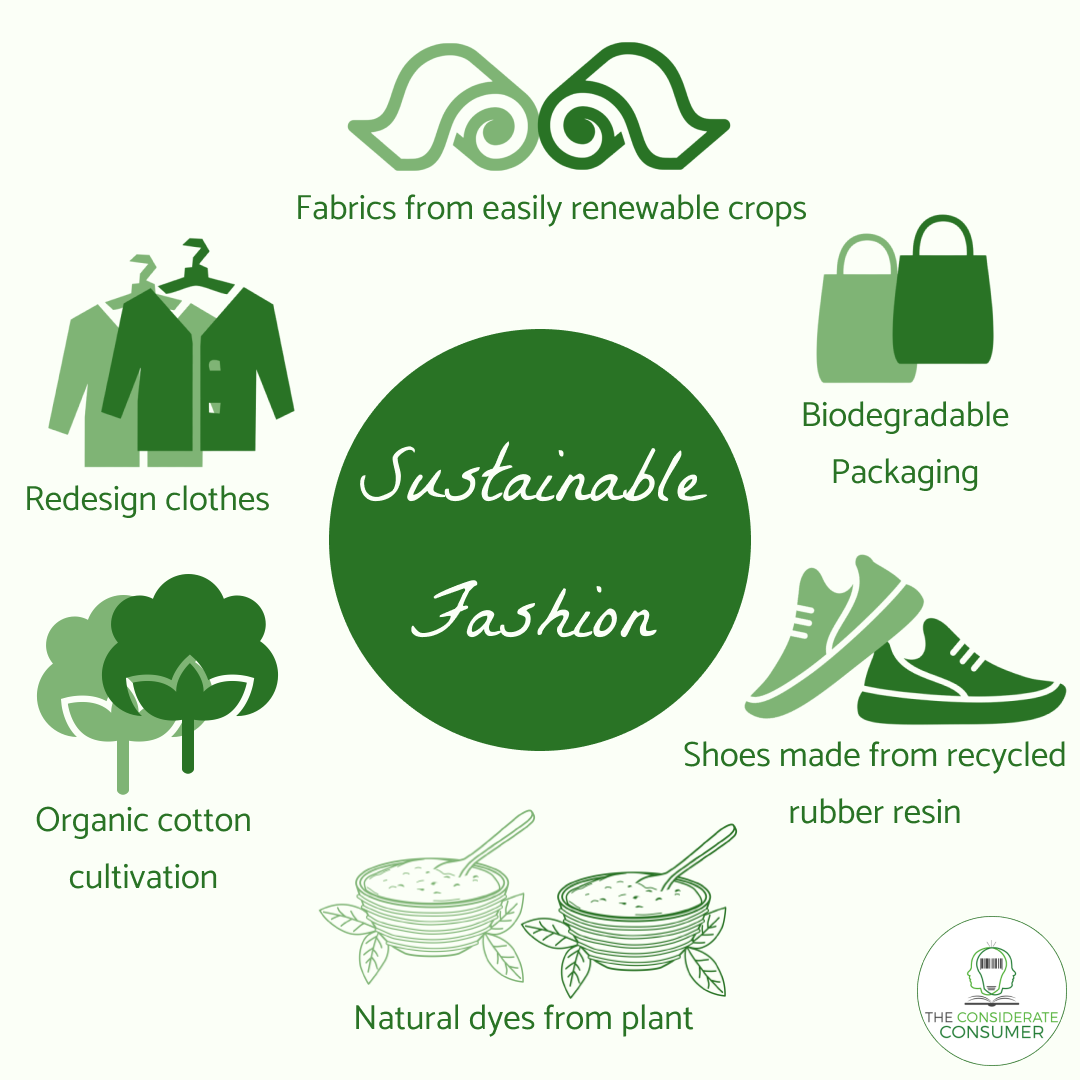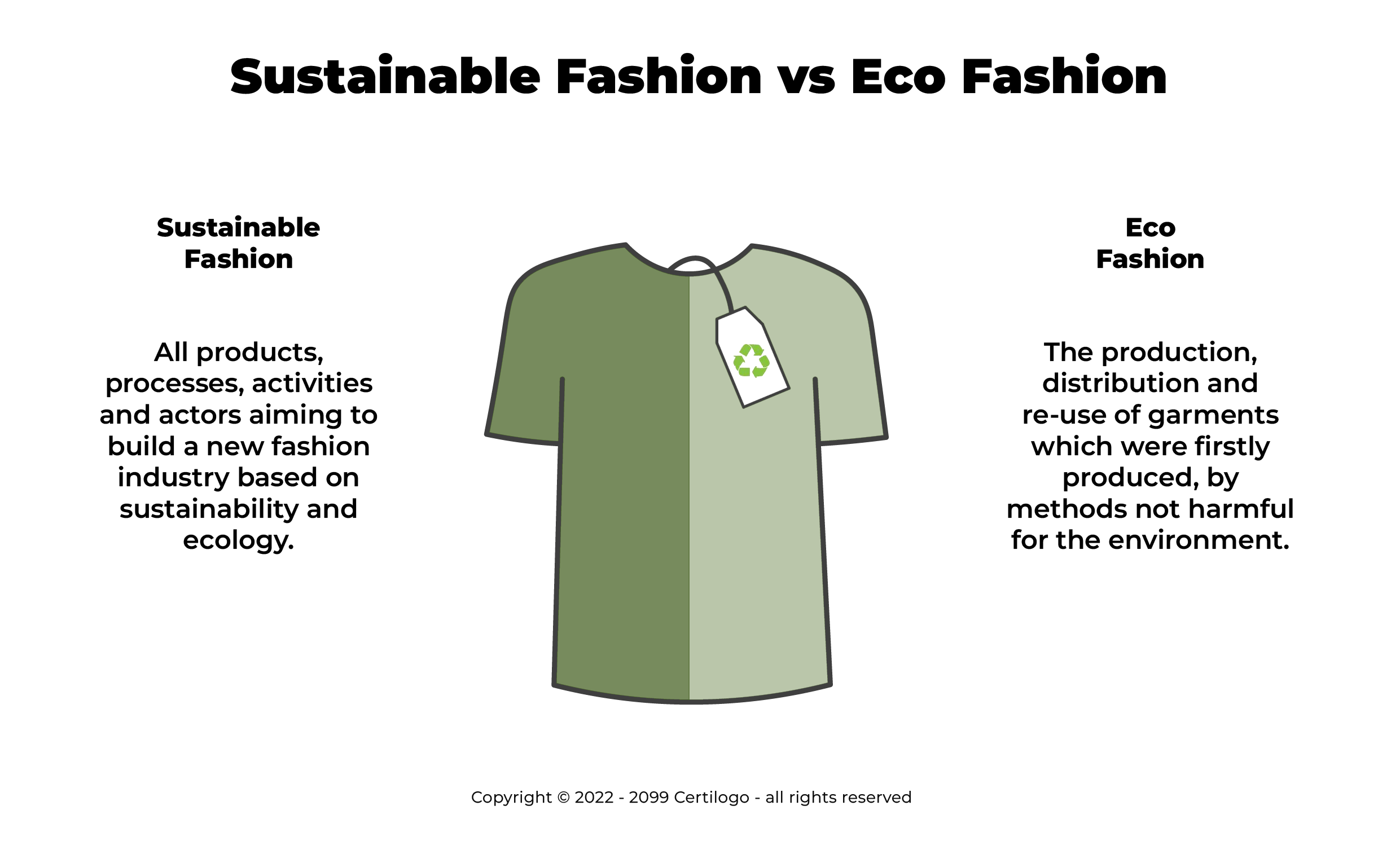Stay Ahead of the Curve by Discovering Ingenious Fashion Patterns
In an industry as dynamic as fashion, remaining in advance entails more than simply adhering to existing trends-- it requires an exploration of advancement. Smart fabrics, for circumstances, are transforming garments right into useful masterpieces, while 3D printing is revolutionizing layout processes with its customizable, waste-reducing abilities. As sustainability comes to be a foundation, developments like green products and circular fashion methods are reshaping environmental obligation - Cape Town Sustainable Fashion. Furthermore, the merging of innovation and fashion proclaims a new age of consumer interaction. How, after that, can these emerging trends redefine the future of fashion, and what effects do they hold for brands looking for to thrive in this advancing landscape?

Welcoming Smart Textiles
In the last few years, the style industry has experienced a transformative change with the combination of smart textiles, a sophisticated advancement that blends innovation with fabric. This development represents not just a blend of aesthetic appeals and functionality yet additionally a substantial jump in the direction of sustainability and personalization in vogue. Smart fabrics, additionally called e-textiles, embed innovative electronic devices such as sensors and conductive threads within the material, enabling garments to connect with the atmosphere or the wearer.
These fabrics are designed to monitor physical parameters, such as heart price or body temperature, offering real-time health analytics. Past health applications, smart textiles are likewise being utilized for flexible clothing, which can change color or pattern in reaction to environmental stimuli, therefore providing a vibrant fashion experience.
Moreover, the development of energy-harvesting textiles that generate power from movement or sunshine is leading the way for self-dependent wearable modern technology. This advancement is interesting eco aware consumers and designers aiming to minimize the environmental footprint of fashion. As r & d in this field development, clever fabrics are expected to end up being increasingly prevalent, improving the landscape of modern fashion with their multifunctional capacities.
The Rise of 3D Printing
Transforming the production landscape, 3D printing has actually become a game-changer in the fashion business. This innovative modern technology has allowed designers to press the limits of creativity, generating intricate and customized garments that were formerly unimaginable. By leveraging electronic design and additive manufacturing, 3D printing assists in the production of complex geometries and patterns, permitting designers to trying out brand-new structures and frameworks.
A noteworthy advantage of 3D printing in fashion is its ability to generate on-demand, lessening waste and minimizing stock requirements. This effectiveness not only maximizes production procedures yet likewise permits fast prototyping, enabling designers to bring their visions to life in a shorter timeframe. Furthermore, 3D printing sustains modification somewhat unparalleled by typical techniques, using individualized fits and special styles tailored to private consumer preferences.
The surge of 3D printing has actually likewise democratized fashion, making it available to emerging developers who can now produce premium pieces without considerable economic investment in typical manufacturing framework. As innovation proceeds to advance, the style industry is positioned to harness the full possibility of 3D printing, checking out new products and methods that will certainly redefine just how style is developed and generated.
Sustainable Style Developments
As the garment industry comes to grips with the pushing demand for environmental obligation, sustainable style developments have actually emerged at the center of transformative modification. The growing understanding of ecological influence has fueled a shift in the direction of even more eco-conscious methods and products. Developers and brand names are currently focusing on sustainability, incorporating techniques that minimize waste and decrease carbon impacts.
One substantial advancement is the surge of circular style, which highlights recycling and upcycling to expand the lifecycle of garments. This technique not just decreases waste however likewise encourages customers to take on a more mindful strategy to clothing usage. Additionally, using lasting materials, such as organic cotton, hemp, and recycled polyester, has actually acquired traction. These products require much less water and power throughout manufacturing, dramatically minimizing environmental influence.
Another advancement depends on the fostering of innovative dyeing strategies that use natural dyes or waterless procedures, consequently minimizing the vast quantities of water and chemicals generally used in textile dyeing. In addition, improvements in biotechnology have brought about the creation of lab-grown natural leather and textiles, supplying eco friendly and cruelty-free options to conventional products. Through these pioneering initiatives, the garment industry is making meaningful strides in the direction of an extra lasting future.

Tech-Integrated Garments
Tech-integrated apparel represents a revolutionary blend of style and innovation, reshaping how people communicate with their clothing. This innovative domain name is marked by the incorporation of clever textiles and ingrained electronic parts, improving both functionality and visual allure. From physical fitness trackers installed in sports apparel to warmed coats managed via smartphone applications, tech-integrated garments provides customers unmatched look at this now benefit and adaptability.
Introducing brand names are driving this fad, concentrating on creating garments that react to environmental stimulations or individual commands. For example, some garments can change shade or pattern in feedback to temperature shifts, while others include biometric sensing units to monitor health metrics like heart price or stress levels. The smooth combination of modern technology into textiles additionally reaches ecological sustainability, with initiatives to establish self-cleaning textiles or garments that adjust to climate condition, hence minimizing the demand for multiple layers.
Furthermore, the arrival of wearable innovation is not just limited to clothes yet reaches devices like watches and eyeglasses, further broadening the range of tech-integrated style. As the market proceeds to introduce, the possibility for customization and personalization in garments expands, providing customers unique, tech-enhanced fashion experiences that deal with their individual needs and choices.
Future of Virtual Fashion
In the last few years, the future of virtual fashion has actually become a transformative pressure within the industry, leveraging improvements in electronic modern technology to redefine just how style is produced, experienced, and eaten. By incorporating enhanced truth (AR), digital reality (VR), and 3D design tools, developers can currently craft immersive and interactive experiences that transcend conventional fashion limits. Virtual fashion enables for the development of garments that exist exclusively in digital settings, supplying limitless opportunities for innovation without the constraints of physical production.
This digital change not just presents chances for creative expression but likewise addresses sustainability problems integral in traditional fashion techniques. Cape Town Sustainable Fashion. By removing the requirement for physical resources, virtual style reduces waste and reduces carbon impacts. Furthermore, the increase of online fashion aligns with the raising consumer demand for customized and unique experiences, as online garments can be tailored and tailored to private choices with ease

Verdict
The style sector's future lies in the integration of sustainable practices and cutting-edge technologies - Cape Town Sustainable Fashion. Smart fabrics and tech-integrated clothing are enhancing capability, while 3D printing offers chances for customization and waste decrease. Sustainable style, via circular methods and green products, shows a dedication to ecological stewardship. Additionally, virtual fashion is positioned to redefine customer communications. Adapting to these patterns is necessary for brands looking for to remain pertinent and affordable in this quickly progressing landscape.
In current years, the style market has witnessed a transformative shift with the combination of clever textiles, a cutting-edge technology that mixes modern technology with textile.As the fashion industry grapples with the pressing requirement for ecological duty, lasting fashion developments have actually arised at the center of transformative adjustment.In current years, the future of virtual fashion has emerged as a transformative pressure within the sector, leveraging improvements in electronic technology to redefine just how style is developed, experienced, and consumed. The here rise of online style lines up with the increasing consumer demand for special and customized experiences, as online garments can be customized and tailored to private choices with simplicity.
The style industry's future lies in the combination of sustainable methods and ingenious innovations.